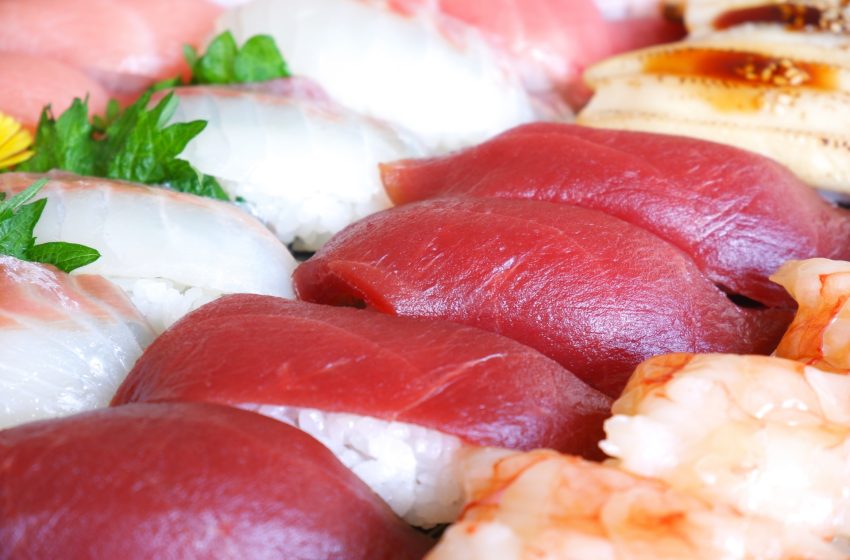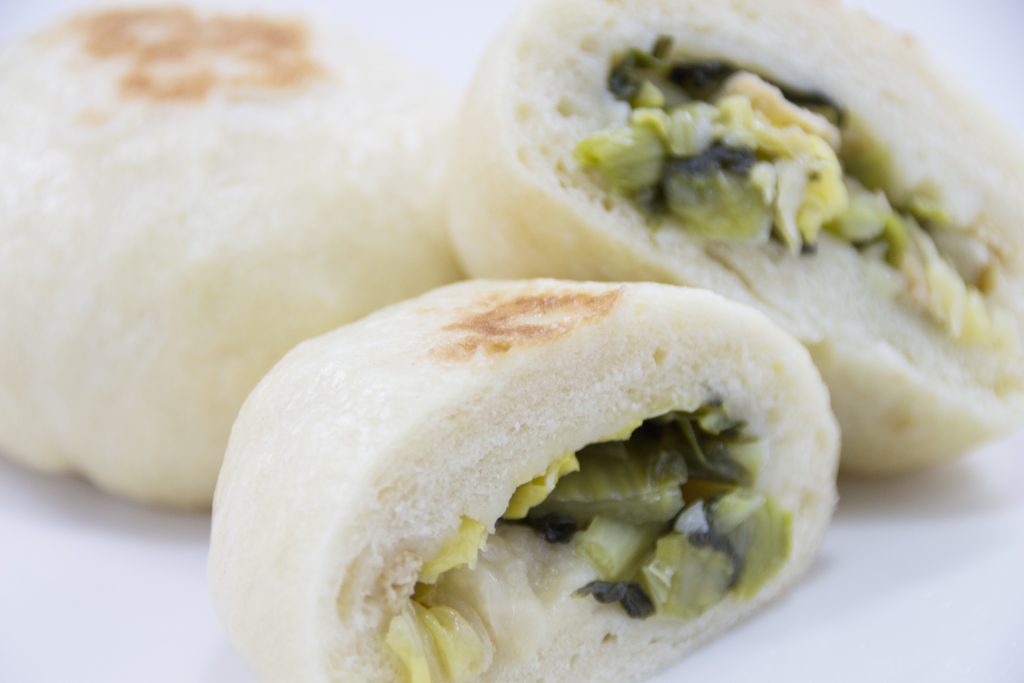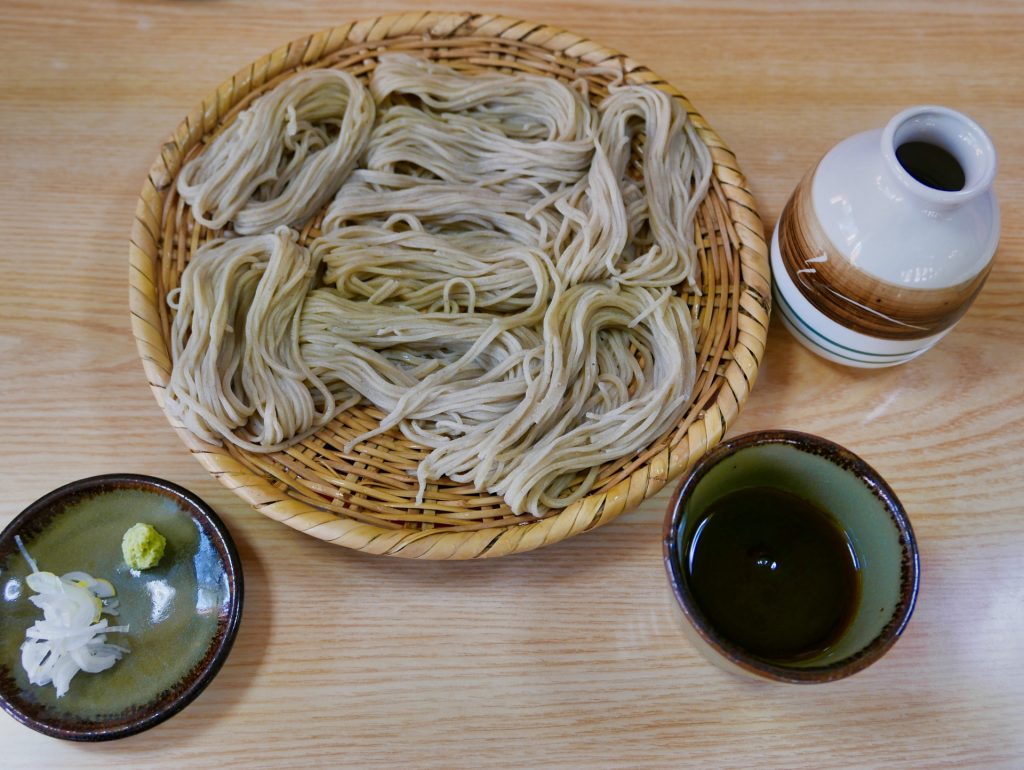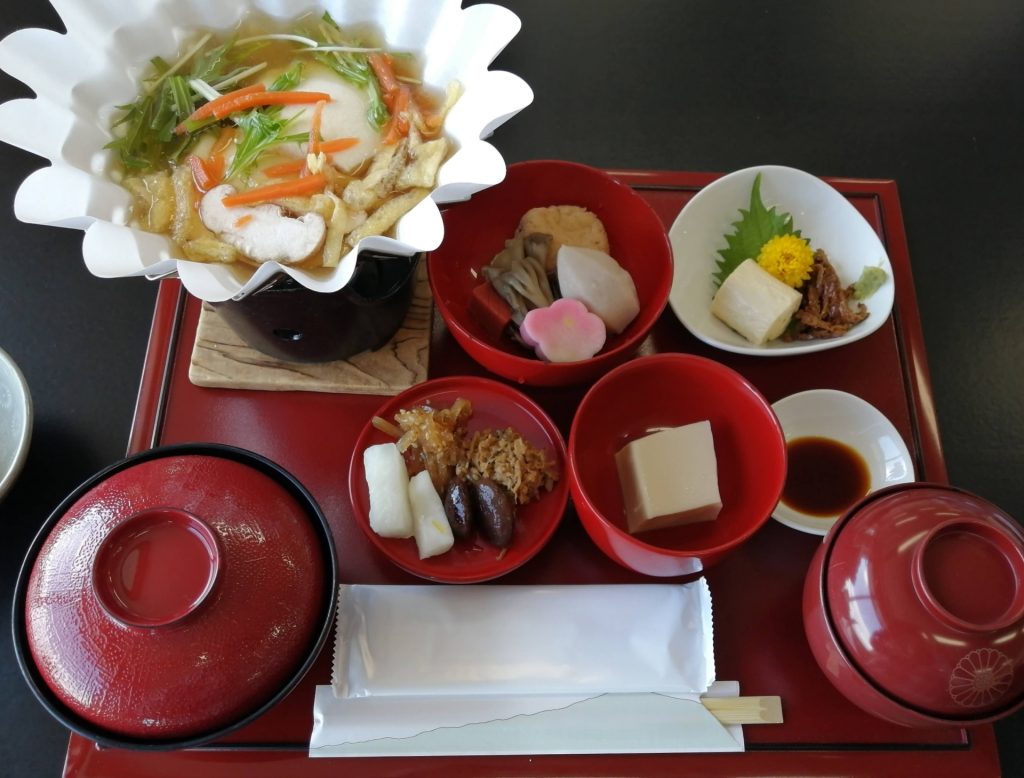
Sushi: A Culinary Icon of Japan
Greetings, globetrotters and sushi aficionados! When you think of Japanese cuisine, sushi is undoubtedly one of the first dishes that springs to mind. This simple yet sophisticated dish, known for its fresh ingredients and artistic presentation, is a staple of Japanese culture. Let’s dive into the world of sushi, exploring its origins, varieties, and the art of enjoying it in Japan.
The Essence of Sushi
Sushi is a traditional Japanese dish that typically consists of vinegared rice (shari), combined with various ingredients (neta) like seafood, vegetables, and occasionally tropical fruits. The art of sushi lies in its simplicity and balance of flavors – the subtly seasoned rice paired with the freshness of the toppings.
A Journey Through Sushi’s History
The origins of sushi can be traced back to the Nara period (710-794 AD), evolving from a method of preserving fish by fermenting it in rice. Over the centuries, this preservation technique transformed into the sushi we know today, particularly during the Edo period (1603-1868) in Tokyo (then Edo).
Experiencing Sushi in Japan
Types of Sushi
- Nigiri: Hand-pressed sushi topped with a slice of raw fish.
- Maki: Rolled sushi wrapped in seaweed, with rice and various fillings.
- Sashimi: Sliced raw fish, not technically sushi, but often enjoyed alongside it.
- Temaki: Hand-rolled sushi cones filled with rice, fish, and vegetables.
- Chirashi: A bowl of sushi rice topped with a variety of sashimi and garnishes.
Where to Enjoy Sushi
- Sushi Bars and Restaurants: From high-end sushiya to local conveyor belt sushi spots, Japan offers a diverse range of places to enjoy sushi.
- Tsukiji and Toyosu Markets, Tokyo: Famous for their fresh seafood, these markets are a must-visit for sushi lovers.
- Regional Variations: Different regions in Japan have their unique take on sushi, offering local flavors and specialties.
The Art of Eating Sushi
- Ordering: Start with lighter, white fish and move towards richer, fattier varieties.
- Soy Sauce: Dip the fish side of the sushi into the soy sauce, not the rice, to avoid overpowering the flavor.
- Ginger: Use pickled ginger as a palate cleanser between different pieces.
- Hands or Chopsticks: It’s acceptable to eat sushi with your hands or chopsticks. Nigiri, in particular, is often enjoyed by hand.
Sushi Etiquette
- Avoiding Waste: Order only as much as you can eat; sushi is about quality over quantity.
- Respecting the Chef: In high-end sushi restaurants, trust the chef’s choices (omakase) to experience the best they have to offer.
Sushi: A Reflection of Japanese Culture
Sushi is more than just food; it’s an embodiment of Japanese culinary aesthetics, precision, and emphasis on seasonal, quality ingredients. It reflects the deep connection the Japanese have with the ocean and their attention to detail in cuisine.
Conclusion: A Must-Experience Culinary Adventure
For anyone visiting Japan, experiencing authentic sushi is an absolute must. It offers not only a taste of Japan’s incredible culinary art but also an insight into its rich culture and history.
So, ready your chopsticks (or fingers), indulge in the diverse world of sushi, and make your Japanese gastronomic journey one to remember!
Happy sushi adventures in Japan!




